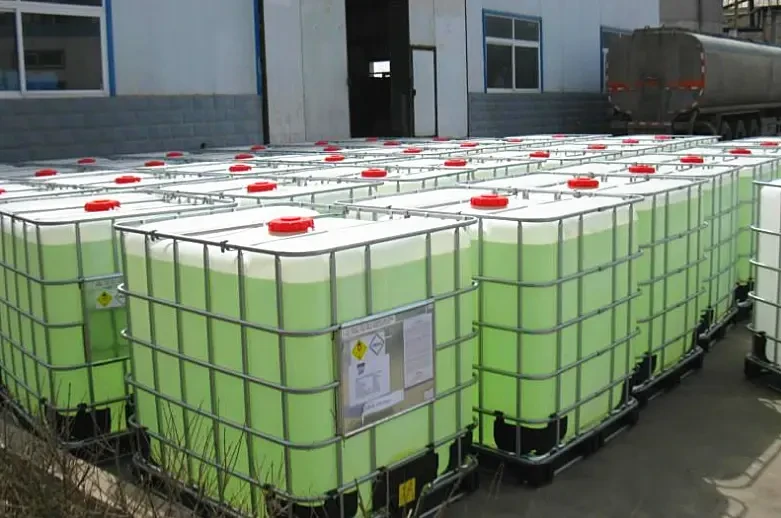Sewage Treatment Chemicals Essential Components in Wastewater Management
Sewage treatment is a critical process in modern sanitation and environmental management. As urbanization accelerates, the importance of effective wastewater treatment has become increasingly evident. One of the essential components in sewage treatment is the application of chemicals that enhance the efficiency and effectiveness of the treatment processes. This article examines the various chemicals used in sewage treatment, their roles, and the significance of these substances in ensuring a safe and sustainable environmental future.
The Role of Chemicals in Sewage Treatment
Sewage treatment involves a series of processes designed to remove contaminants from wastewater. The treatment process can be divided into physical, biological, and chemical stages. While physical and biological processes play a significant role, chemical treatments are crucial for improving the overall efficacy of these methods.
Chemicals used in sewage treatment can be broadly classified into several categories, including coagulants, flocculants, disinfectants, and pH adjusters. Each category of chemicals serves a specific purpose and contributes to the overall treatment process.
1. Coagulants Coagulants are substances added to sewage to facilitate the aggregation of small particles into larger flocs, which can then be easily removed. Common coagulants include aluminum sulfate (alum), ferric chloride, and polyaluminum chloride. By neutralizing the charges on particles, coagulants help to enhance the settling process during sedimentation, significantly reducing turbidity and improving the quality of the effluent.
2. Flocculants Flocculants are polymers that work in conjunction with coagulants to promote the formation of larger particulate masses. These substances help bridge the gaps between flocs, creating larger aggregates that can settle more effectively in settling tanks. Anionic and cationic flocculants are commonly used, depending on the characteristics of the wastewater and the type of coagulant employed.
3. Disinfectants After the removal of solids and organic matter, it is crucial to eliminate pathogenic microorganisms from wastewater before it is released into the environment. Disinfectants such as chlorine, ozone, and UV radiation are widely used to ensure that treated sewage is safe for discharge. Chlorination is one of the most common methods, although it requires careful monitoring due to the potential formation of harmful byproducts. Ozone and UV radiation are effective alternatives that do not leave harmful residues.
sewage treatment chemicals

4. pH Adjusters The pH level of sewage can significantly affect the efficiency of biological treatments and the solubility of various contaminants. Chemicals such as lime (calcium hydroxide) or sulfuric acid are often used to adjust the pH of wastewater to optimal levels, ensuring that biological processes operate effectively and that metal ions remain in solution for effective removal during treatment.
Significance of Sewage Treatment Chemicals
The use of chemicals in sewage treatment is essential for several reasons. Firstly, these chemicals enhance the efficiency of the treatment process, leading to higher rates of contaminant removal. This is particularly important in rapidly urbanizing areas where the volume and complexity of wastewater are increasing.
Secondly, the application of sewage treatment chemicals ensures compliance with environmental regulations. Regulatory frameworks set forth stringent limits on the levels of contaminants that can be discharged into natural water bodies. By employing the appropriate chemicals, treatment facilities can meet these standards, protecting public health and the environment.
Lastly, the use of chemicals allows for the recycling and reuse of treated wastewater. With water scarcity becoming an increasing global concern, chemical treatment processes enable the safe reclamation of water for various non-potable uses, such as irrigation and industrial applications.
Conclusion
The role of chemicals in sewage treatment is vital for achieving effective wastewater management. Coagulants, flocculants, disinfectants, and pH adjusters all contribute to the safety and sustainability of our water resources. As the demand for clean water continues to grow, advancements in sewage treatment chemicals will play an increasingly important role in providing solutions that protect both public health and the environment. Embracing innovative approaches and sustainable practices in chemical usage will be critical in addressing the challenges posed by urbanization and climate change in the coming years.

